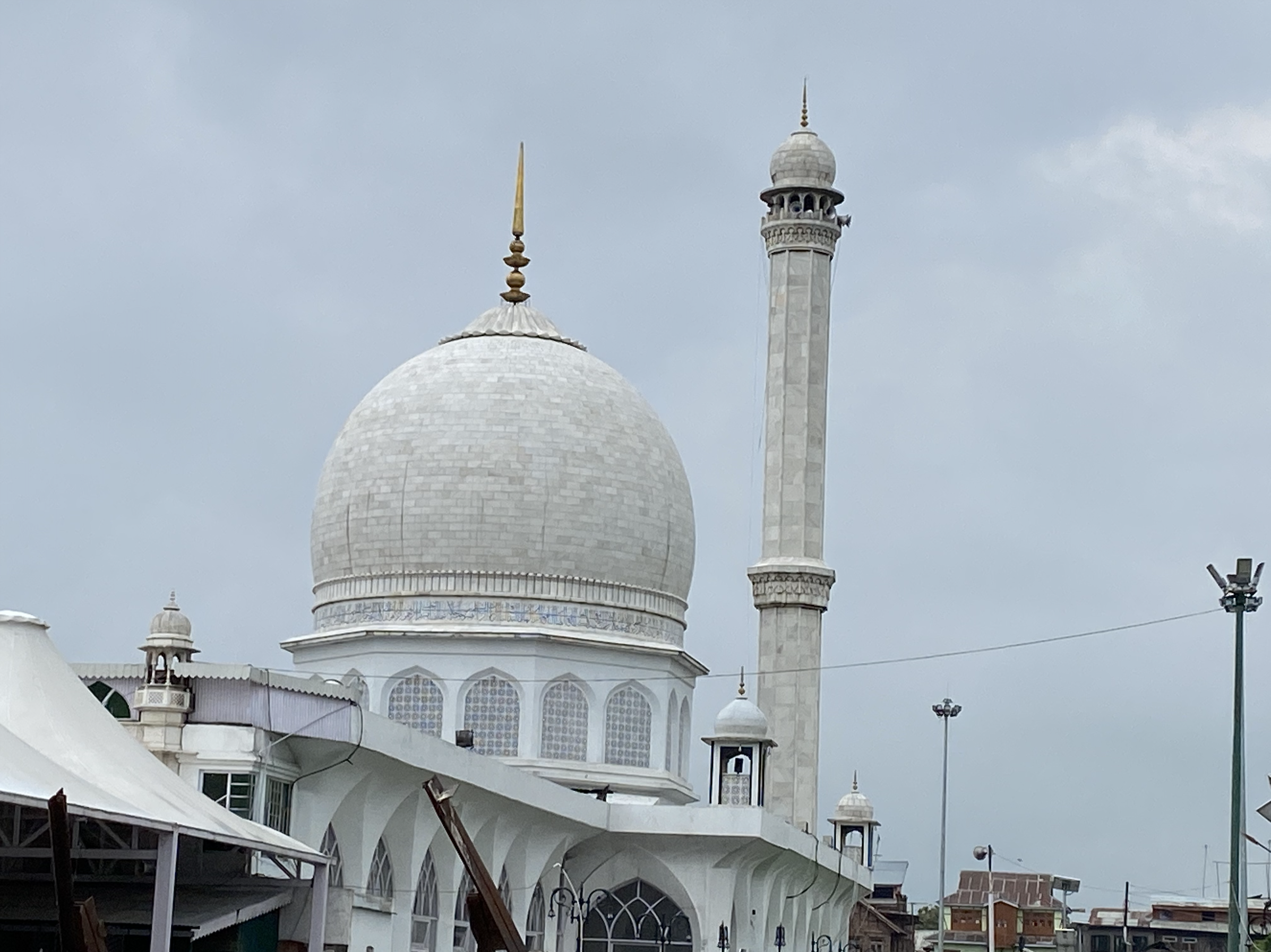(Editor's Note: The names of the individuals in the story have been withheld out of concern for safety.)
While visiting the Ziyarat Makhdoom Sahib shrine in Srinagar, the capital city of Indian-administered Kashmir, one of the caretakers, in his late 50s, wearing a pheran, a traditional piece of clothing, remarks “I have not prayed with my brethren in over a year. I feel lost, detached from my community and from my pir [Sufi spiritual guides].”
This caretaker claimed that the government had banned any sort of congregation in these Sufi shrines, including the prayers offered five times a day. While taking a stroll through these Sufi shrines, one can feel the eerie silences that have replaced the diverse melodies usually heard here, conveying a somber mood that did not persist before.
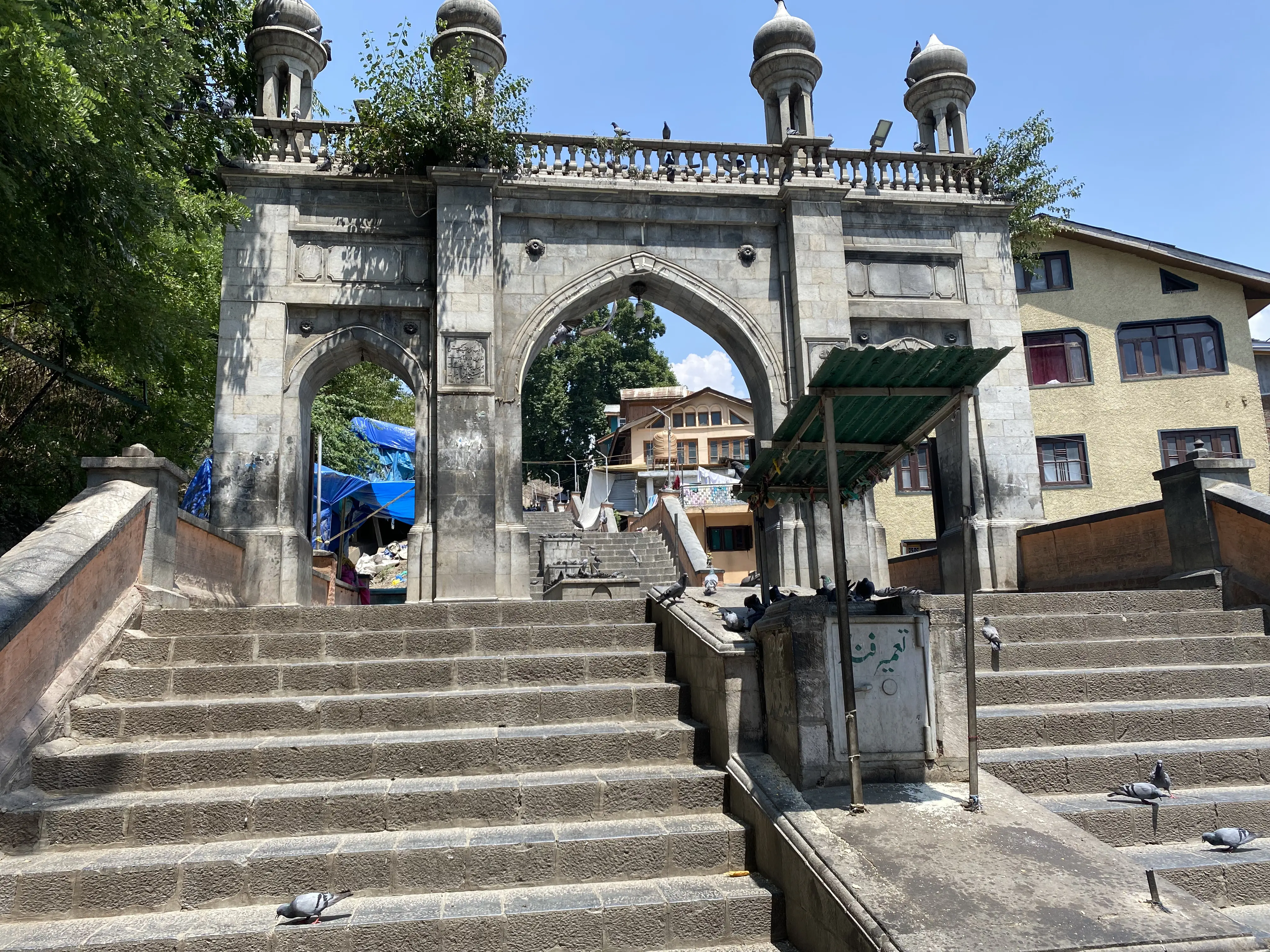
Sufi shrines in Kashmir are more than a place of worship. As one visitor remarked, “I have not been able to feed my two little children because people have stopped coming to the Sufi shrine and distribute food and money.” Charity and donations are an integral part of Islam, and these Sufi shrines were spaces where people distributed food and donated money. However, since the Indian state revoked Article 370 in August 2019, heavy restrictions were placed on people’s movements. These restrictions were further exacerbated by the COVID-19 pandemic. India was one of the worst hit nations in terms of the active number of COVID-19 cases, reporting with over 44,000 deaths.
The COVID-19 pandemic opened up new opportunities for the Indian state to further oppress the native Kashmiri population. Indian—administered Kashmir has one of the highest security personnel to ordinary citizens ratios in the entire country. One visitor in his late 40s, living in the outskirts of the city, claimed that “visiting Khanqah-e-Moula in downtown part of Srinagar used to be easy, but since the pandemic started, it has been immensely difficult to visit my pir and offer nimaz [prayers} in the shrine. The police are everywhere, and they stop people.” Furthermore, he claimed that “the jummah nimaz, Friday prayers, were also banned by the state. Hence, it further prevented me and others from visiting.”
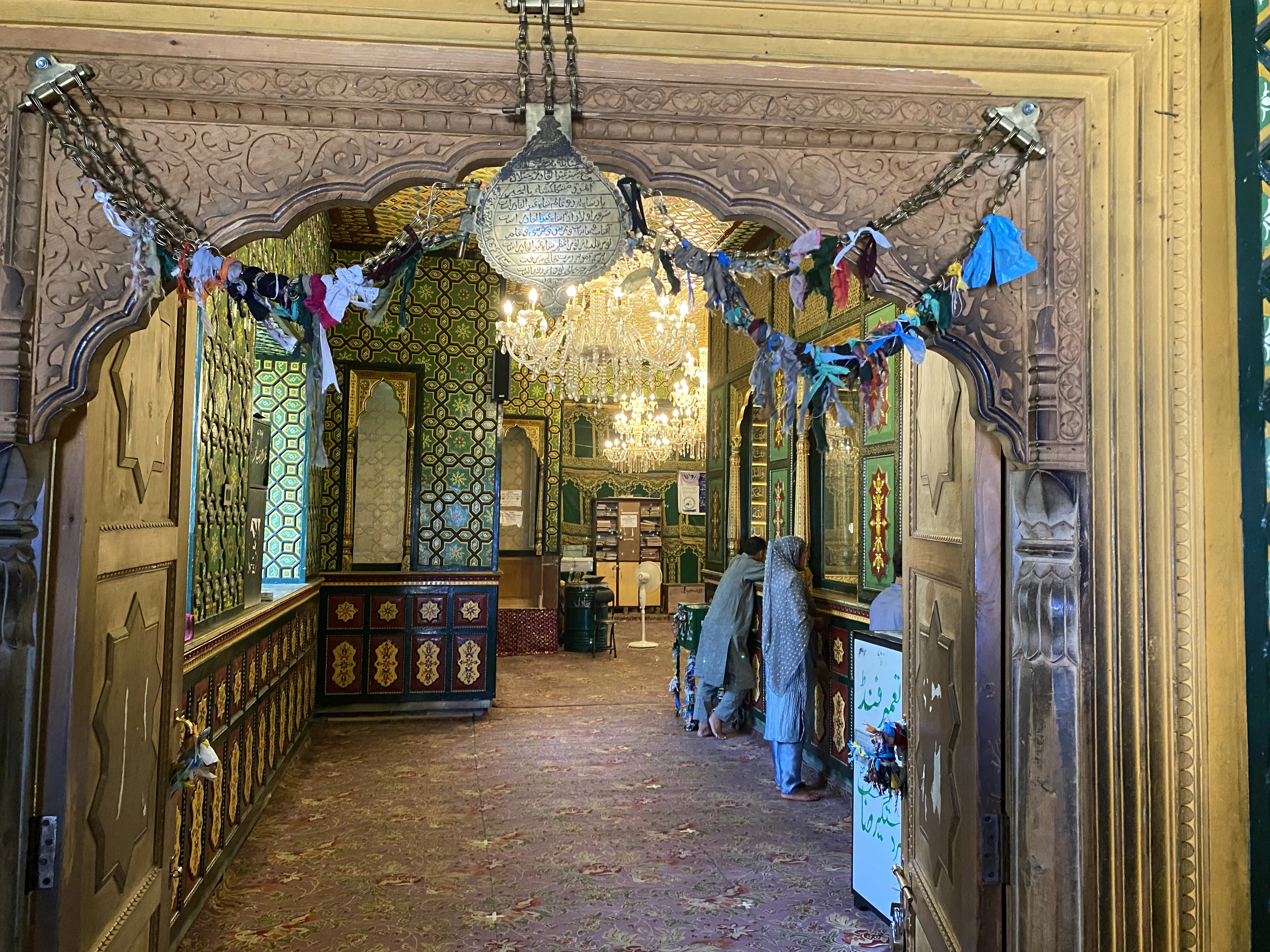
The same sentiments were echoed by one of the caretakers at the Hazratbal Shrine, one of the famous Sufi shrines in Kashmir, who claimed that “the government has banned the Friday prayer in the shrine, depriving people a space to echo their woes in these tumultuous times. Furthermore, the state has curbed any gathering from taking place, denying people to come together and share their grief.” The ban on gatherings has essentially coerced people into staying home.
At the Hazratbal Dargah on a Friday afternoon in August 2021, a policeman at the gates of the shrine, when asked the reason of his deployment, refused to reply and asked me to leave all my belongings outside the shrine. Furthermore, I was told that taking pictures inside the shrine was not allowed. When I entered the shrine, I spoke to a visitor, who claimed that “they [police] have been deployed outside the shrines to regulate and monitor the people coming in. They are tasked with preventing any gathering from happening and any ‘unlawful’ activity from taking place.” The mosque was empty, with only a few people offering prayers.
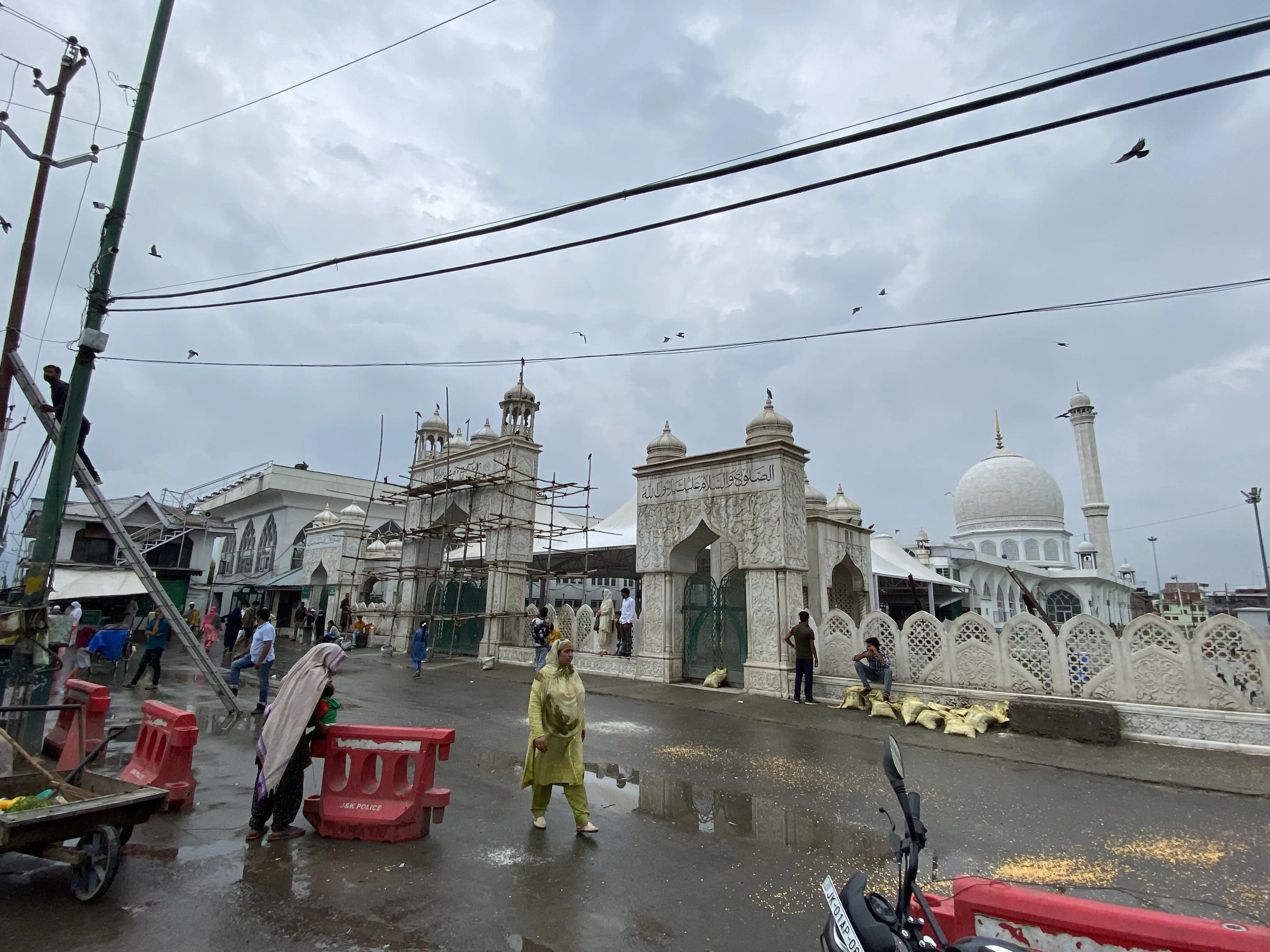
While the Indian state has denied any such allegations, it has argued that these rules and regulations are meant to ensure the safety of people. But these policies come at a time when the Indian state endorsed a mass gathering of Hindu Pilgrims at the Kumbh Mela. The event was dubbed as a “super-spreader”, triggering the devastating second wave of the COVID-19 infections. One of the visitors in his late 30s remarks that “The sheer hypocrisy at display bursts all the lies and myths propagated by the Indian State peddled in the name of safety and public health. The increased surveillance and strict regulations placed on these shrines were a calculated effort made by the Indian state to further oppress us.” The Indian state under the guise of the pandemic has infiltrated these holy places, furthering its surveillance agenda.
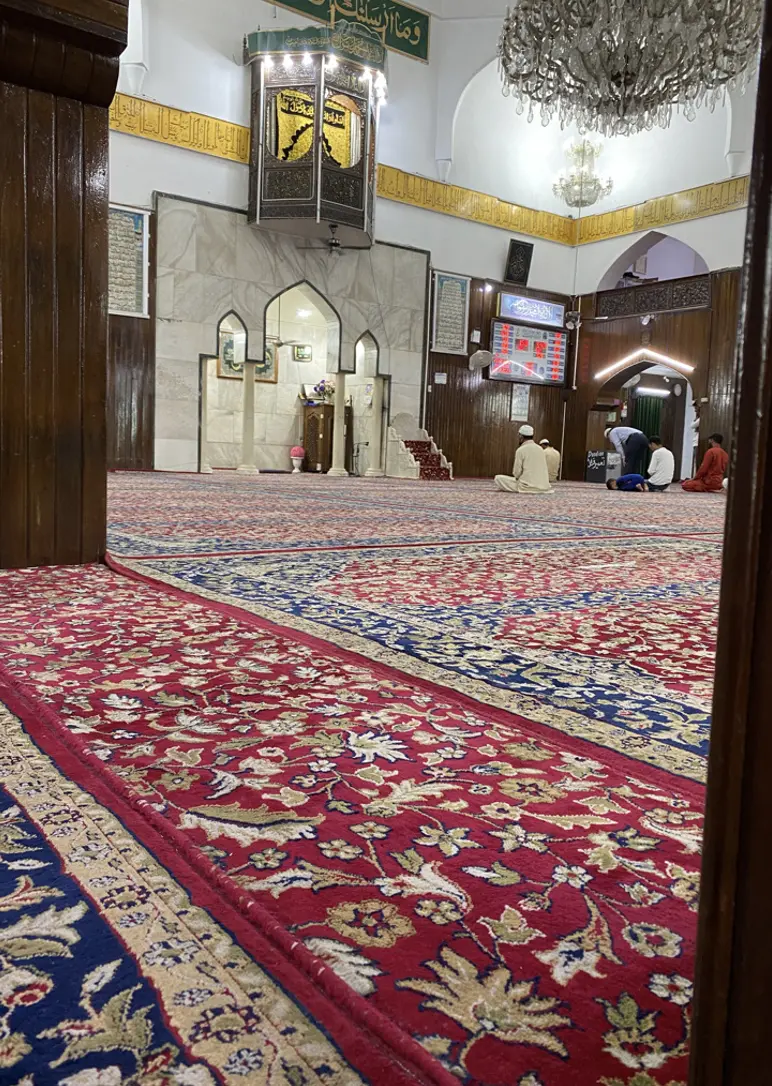
While the world is reeling with COVID-19 and trying to bounce back, one of the caretakers of the Khanqah-e-Moula, in his late 60s, claimed that “dealing with trauma is getting harder, as my pir is caged.” Where will these people go to? Who will they turn to? The answer is uncertain when all their spaces are policed by the Indian state.


